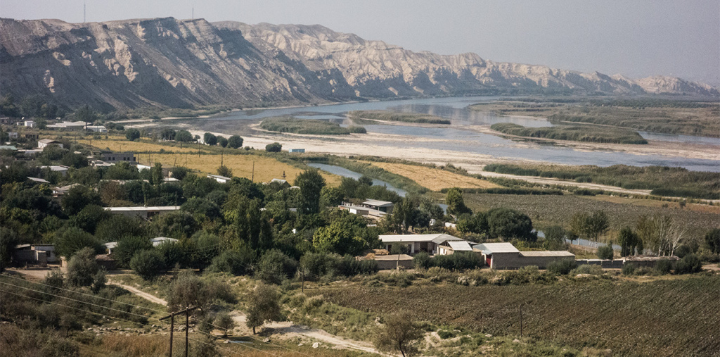GHG inventory as mitigation effort
Tajikistan as one of the main efforts in its NDC Update process has updated its GHG Inventory from the 1996 IPCC Guidelines to 2006 IPCC Guidelines. It has resulted in a significant increase in the GHG emissions of the country initially reported.
The entire dataset of the GHG Inventory yields higher values, especially for the period of 1990 to 2003 as for the rest of the years after 2003 year (2004 -2016). The last is owe to the fact that the previous GHG Inventory dataset of 1990 to 2003 was calculated with the 1996 IPCC Guidelines and from 2004 to 2016 with the 2006 IPCC Guidelines. Consequently, the update and harmonization of the entire GHG Inventory affected the GHG emissions of the base year, which is 1990 by the subsequent increase of the overall GHG emission value of the country from 25.52 MtCO2eq to 35.53 MtCO2eq. The main increase in the GHG emissions is due to the new estimations in Agriculture and in the Industrial Processes and Product Use (IPPU).
The last also affected the initial per capita emissions of the country. In the initial NDC Tajikistan indicated that its per capita emissions value was of 4.1 tCO2eq in 1990. With the current update the new per capita emissions value has increased up to 6.73 tCO2eq in 1990.
Tajikistan considers the update of its GHG Inventory as substantial enhancement to its updated NDC in order to bring more transparency and clarity and understanding, including the mitigation targets.
The analysis of the GHG emissions per sector shows that in 1990 the 60% of the overall GHG emissions of the country comes from the Energy sector, followed by Agriculture with 35% and IPPU with 9% of the total GHG emissions of the Republic of Tajikistan. Waste and LULUCF has minor weight in the overall GHG emissions of the country in 1990.
Although there is an overall increase in the base year, it is necessary to highlight that the last year of the GHG Inventory, which is 2016, solely represents the 39% of the overall GHG emissions emitted in 1990. Therefore, the Republic of Tajikistan believes that this substantial reduction favors the world common goals of global GHG emissions reduction, and with the support of the international community the Republic of Tajikistan can reach a low carbon development.

.png)
.png)









